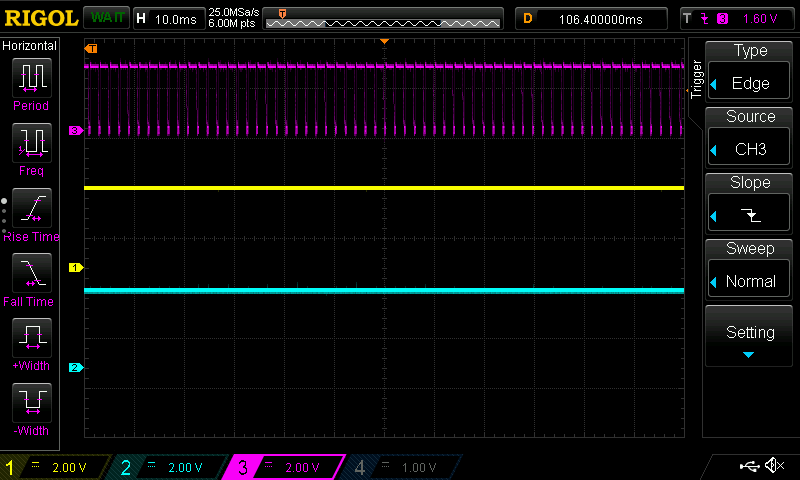Other Parts Discussed in Thread: BQ78350, , BQSTUDIO
Hello;
I'm having a major problem while doing initial testing of the new BMS I designed around the 920 and 78350 and am hoping you can shed some light on the problem. Specifically, the simulator built by my client uses a floating DC-DC to sink/source current through a 20mOhm shunt. However, I measure ~-2 to -3 mV at SRP which is introducing errors into the measurement. And what is worse, when I dial up the current to a large value (anything from 150 to 200 amps), and I measure ~80 mV at SRN, the 920 will stop running. If I then reduce the current, it will start communicating again.
This does not occur on my eval board. Is there anything you can think of as to why the 920 would stop running? As I said, the only thing I can conceive of as a potential cause is the small offset at SRP...????
THanks.



